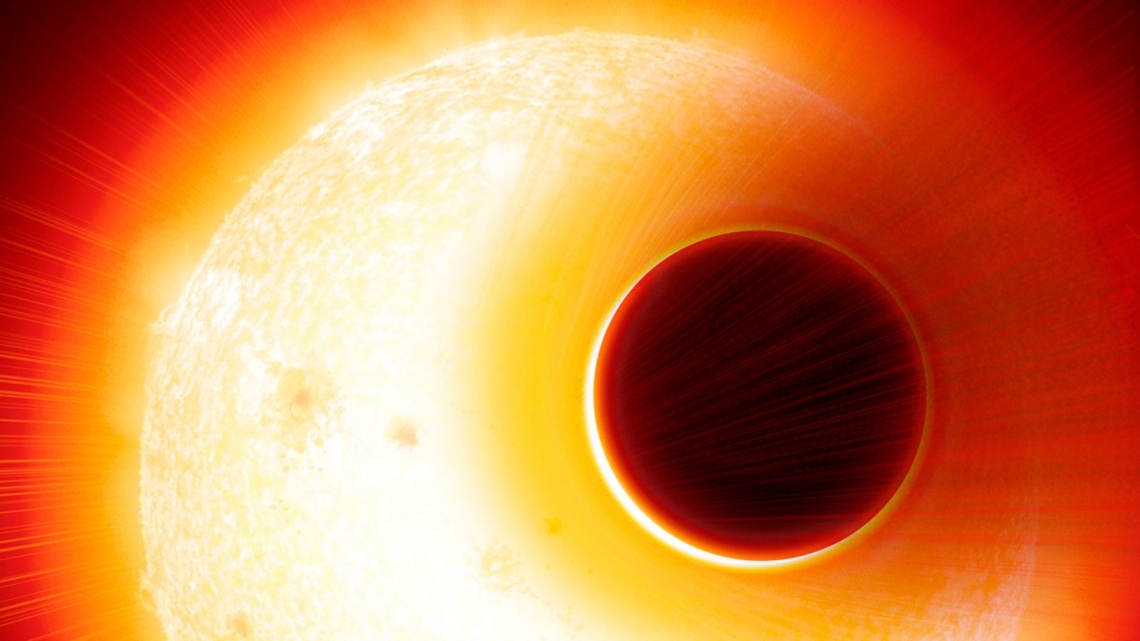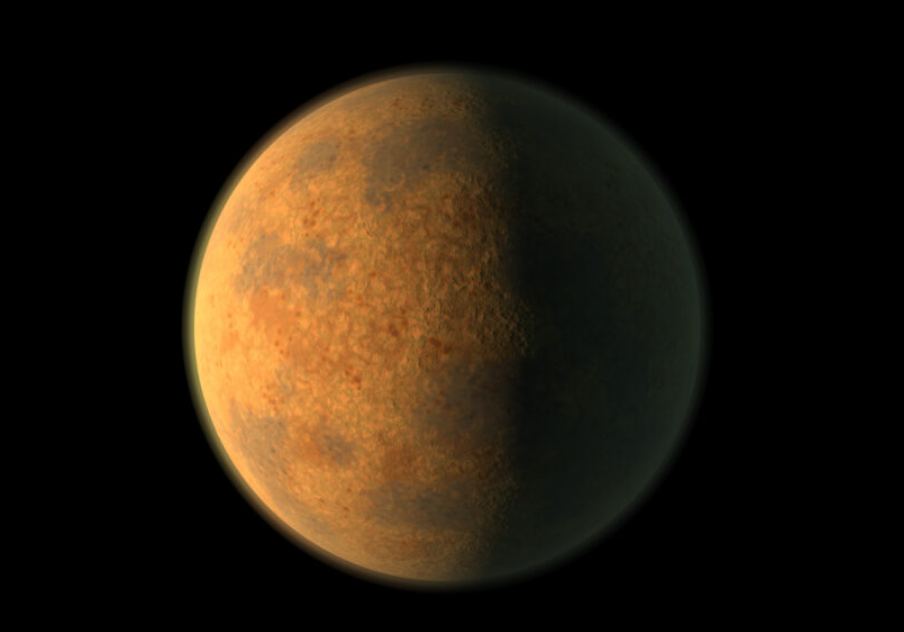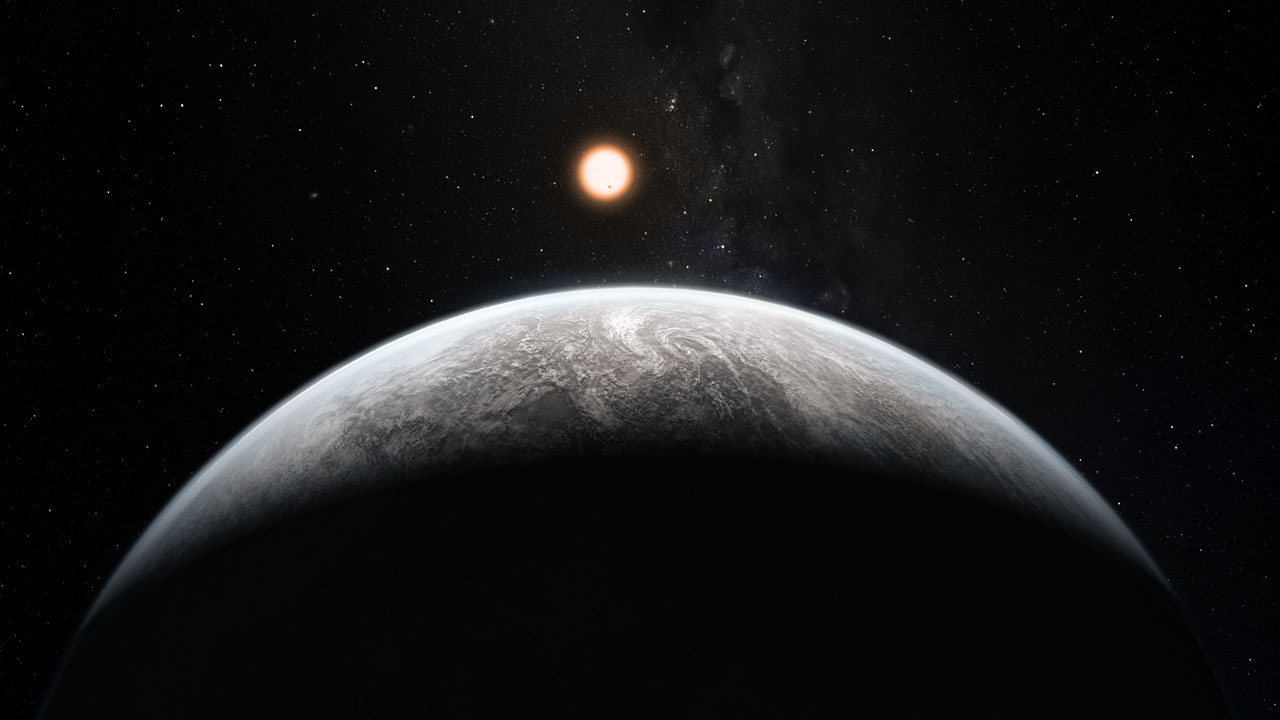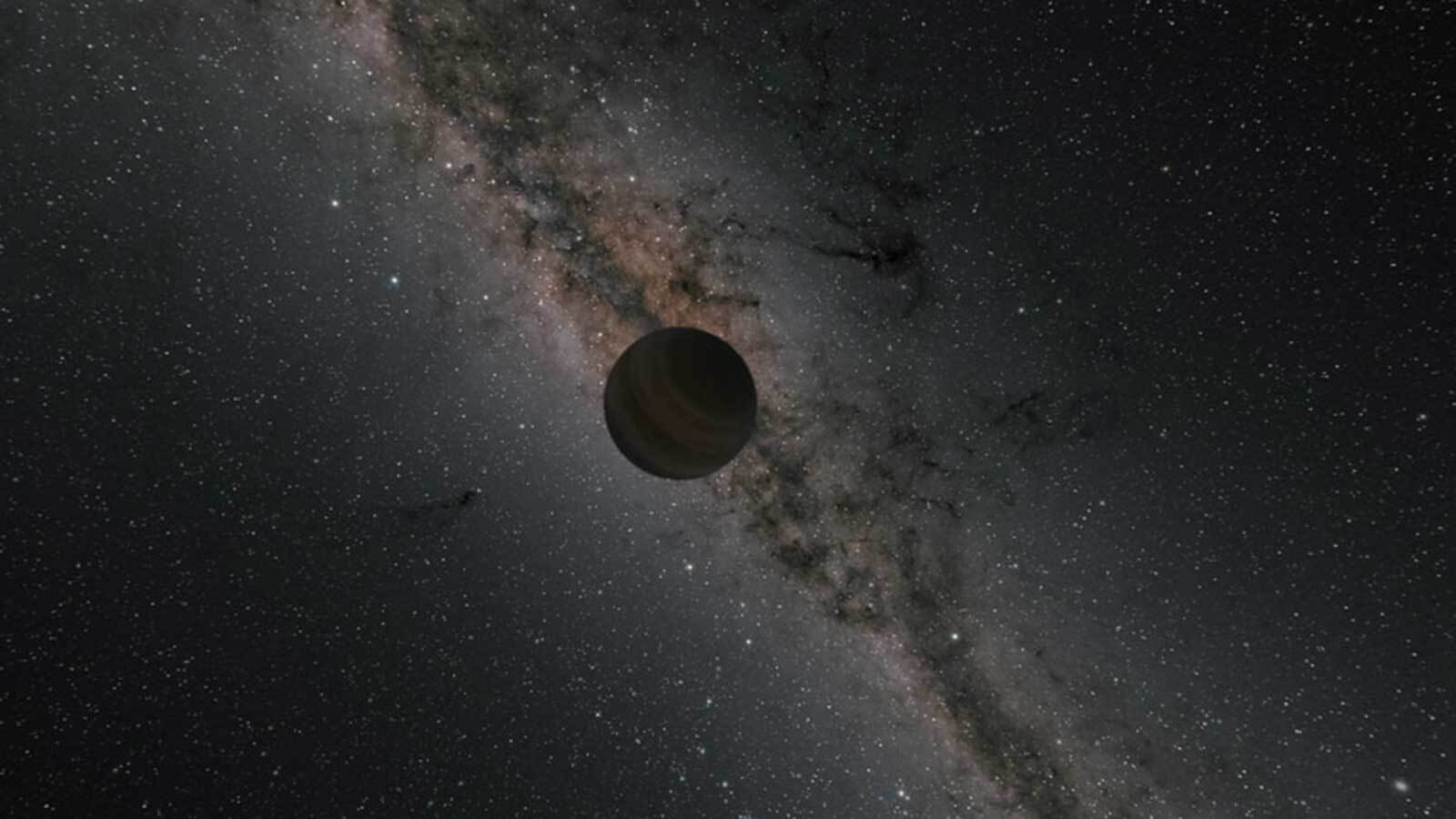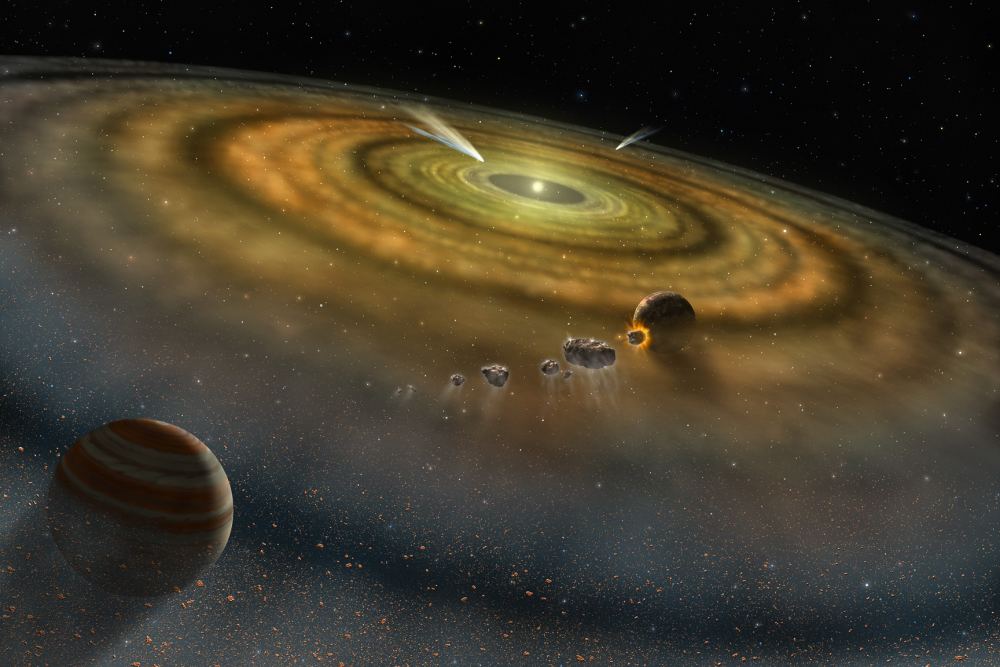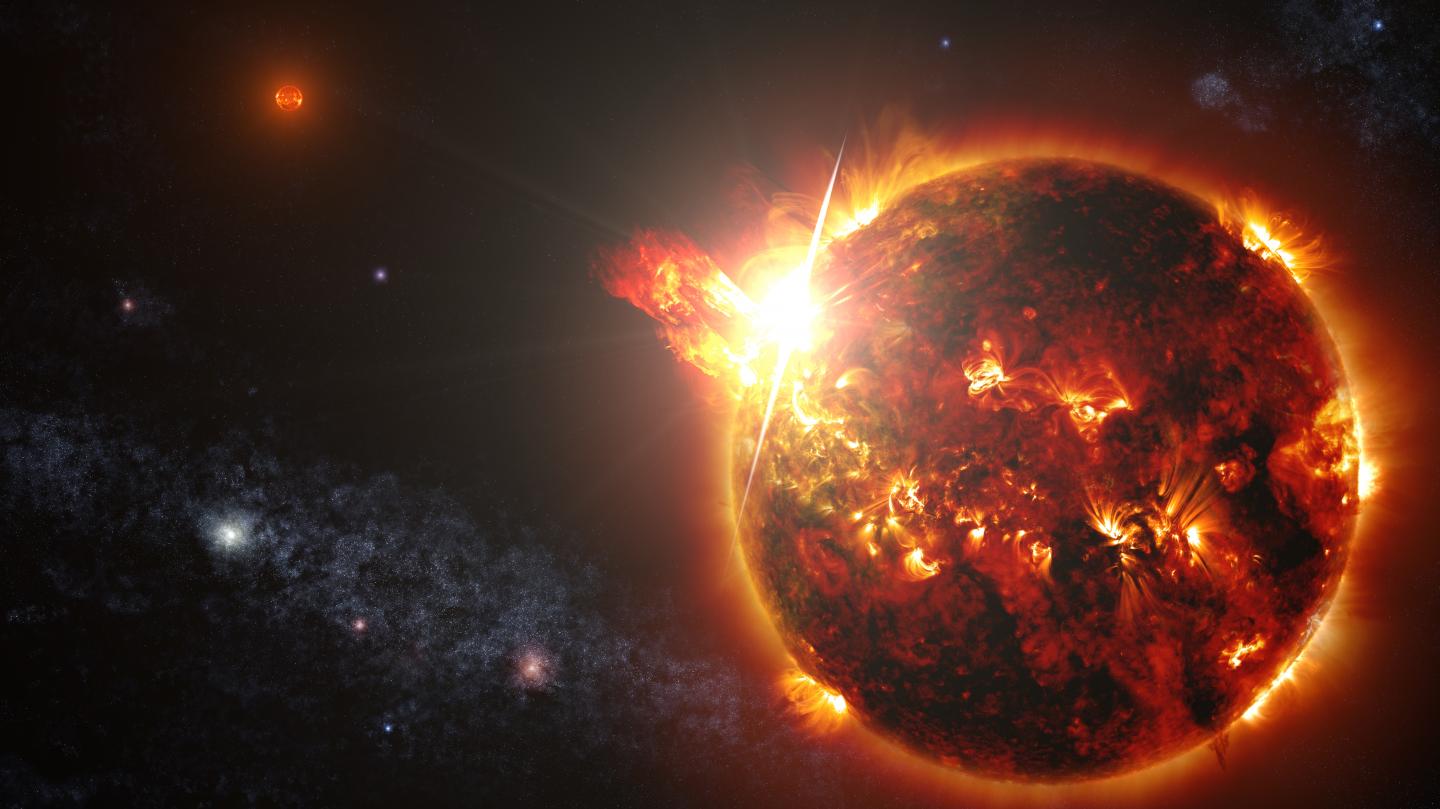Most stars will end their lives as white dwarfs. White dwarfs are the remnant cores of once-luminous stars like our Sun, but they’ve left their lives of fusion behind and no longer generate heat. They’re destined to glow with only their residual energy for billions of years before they eventually fade to black.
Could life eke out an existence on a planet huddled up to one of these fading spectres?
Continue reading “Planet Found in the Habitable Zone of a White Dwarf”


